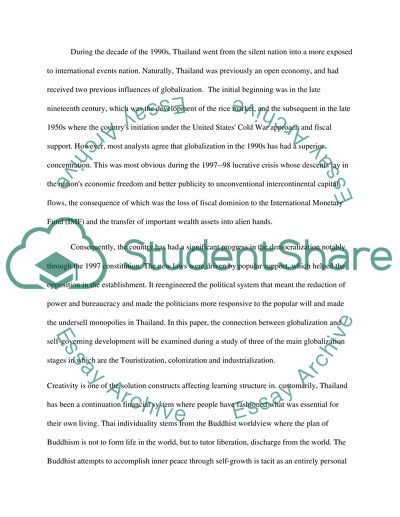Cite this document
(“Place Paper Research Example | Topics and Well Written Essays - 1750 words - 1”, n.d.)
Retrieved de https://studentshare.org/geography/1630863-place-paper
Retrieved de https://studentshare.org/geography/1630863-place-paper
(Place Paper Research Example | Topics and Well Written Essays - 1750 Words - 1)
https://studentshare.org/geography/1630863-place-paper.
https://studentshare.org/geography/1630863-place-paper.
“Place Paper Research Example | Topics and Well Written Essays - 1750 Words - 1”, n.d. https://studentshare.org/geography/1630863-place-paper.


